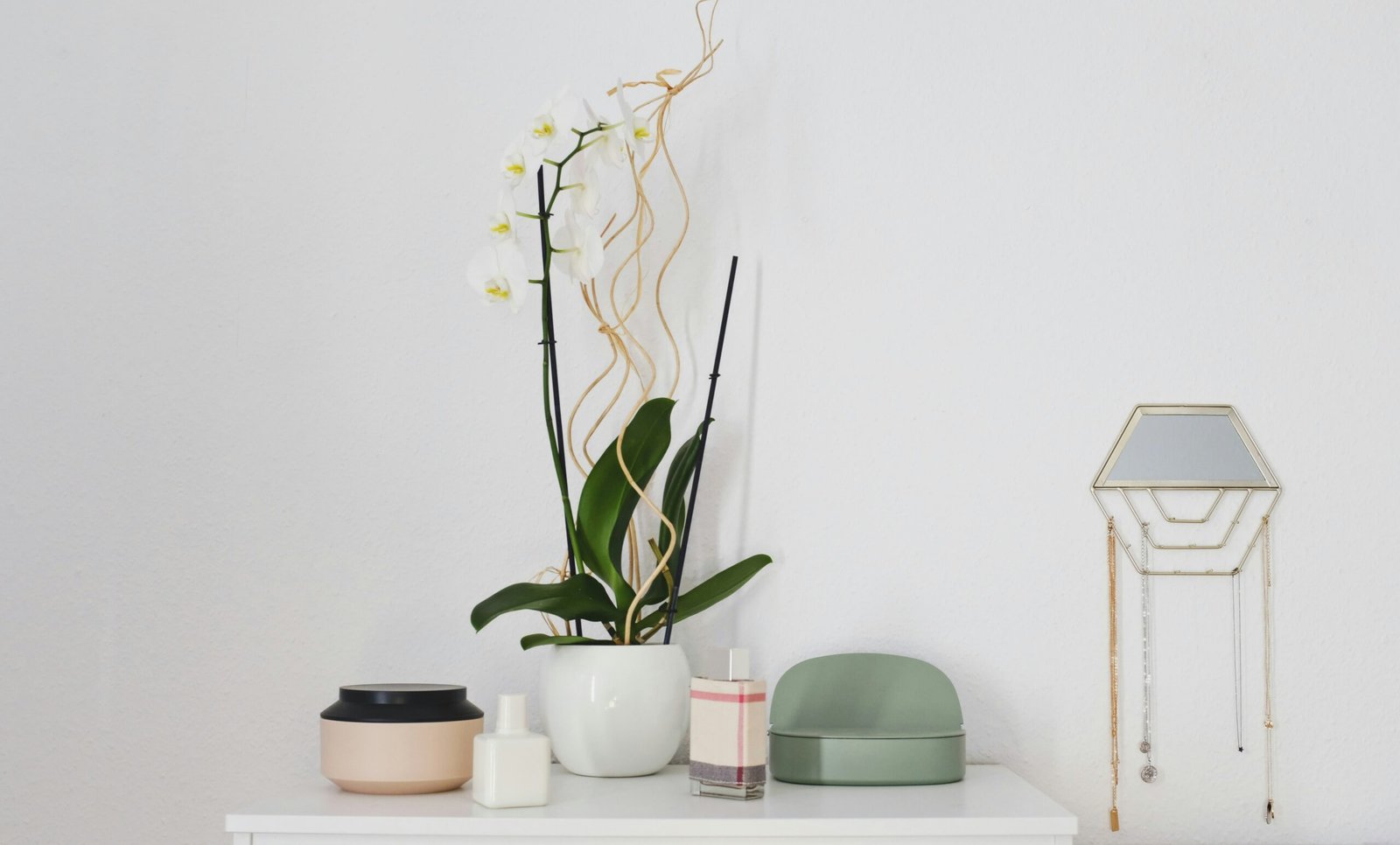Sustainable and Eco-Friendly Designs
In recent years, the movement towards sustainability has significantly influenced the interior decoration market in the United States. Homeowners are increasingly prioritizing eco-friendly designs, which incorporate sustainable materials, energy-efficient appliances, and furnishings made from reclaimed or recycled materials. This growing emphasis on green living has transformed the way interior spaces are designed, creating a more harmonious relationship between the environment and personal living spaces.
One key element of sustainable interior decoration is the use of eco-friendly materials. These materials, often sourced from renewable resources, include bamboo, cork, and reclaimed wood. These choices not only reduce the carbon footprint associated with manufacturing and transportation but also contribute to a healthier indoor environment. Many interior designers now prioritize products that are free from harmful chemicals and contribute to better air quality, reflecting an understanding of the impacts that indoor ecosystems have on well-being.
Moreover, energy-efficient appliances play a crucial role in sustainable design. Homeowners are encouraged to select Energy Star-rated products that consume less energy without compromising performance. These appliances not only lower utility bills but also reduce environmental impact by minimizing energy consumption. This trend aligns with a broader movement toward low-impact living, where every aspect of home decoration serves a purpose that honors both functionality and sustainability.
Plants have also emerged as a significant feature in modern interior decoration, offering aesthetic value while improving air quality. Designers are creatively integrating greenery into spaces, utilizing vertical gardens and indoor plants to foster a connection to nature. Additionally, natural textures and earthy color palettes contribute to a calming atmosphere that underscores the importance of an organic aesthetic.
Overall, the trend towards sustainable and eco-friendly designs in the interior decoration of houses not only reflects a commitment to environmental responsibility but also enhances the well-being of inhabitants. This shift in focus towards sustainability is shaping the future of home design as homeowners and designers alike embrace practices that promote a better quality of life and a closer connection to nature.
Minimalism and Functional Spaces
Minimalism has emerged as a prominent design philosophy in contemporary interior decoration, focusing on the principles of simplicity, functionality, and the strategic use of space. This approach promotes the idea that less is more, celebrating open floor plans that enhance communication and the overall flow within the home. The elimination of visual clutter is a crucial aspect, which not only contributes to the aesthetic appeal but also fosters a sense of calm and order.
One of the defining features of minimalism is the increasing popularity of multi-functional furniture. Pieces are now designed to serve dual purposes, such as sofa beds, extendable dining tables, or ottomans with storage. This shift encourages homeowners to be mindful of their furnishings, opting for versatile items that maximize usability without compromising style. Utilizing furniture that adapts to various needs further emphasizes the value of efficient space management, making homes more livable without feeling overcrowded.
Decluttering techniques play an integral role in the minimalist approach. The practice of removing unnecessary items allows residents to appreciate the beauty of their surroundings and promotes a more organized lifestyle. By embracing the philosophy of only keeping items that serve a purpose or bring joy, individuals can create serene environments that encourage relaxation and focus. This intentional simplification not only enhances the visual layout of spaces but also has psychological benefits, as studies indicate that a minimalist environment can lead to reduced stress levels and heightened creativity.
As modern trends continue to shape interior decoration, the emphasis on minimalism and functional spaces reflects a broader cultural shift towards living more intentionally. Homeowners are increasingly recognizing the importance of creating environments that enrich their lives, aligning with the minimalist ethos of thoughtful simplicity.
Smart Home Integration
The advent of smart home technology has ushered in a new era in interior decoration, transforming traditional living spaces into intelligent environments. Home automation is not merely about convenience; it increasingly influences the design and functionality of our living spaces. Homeowners now have the opportunity to select furniture and appliances that not only fit their aesthetic preferences but also embody advanced technological features. For instance, furniture integrated with wireless charging capabilities or smart tables that adjust to user needs are becoming commonplace.
Lighting options have also radically evolved in recent years. Smart lighting systems enable homeowners to customize their environments according to their mood or activity. For example, dimmable LED bulbs that can be adjusted remotely through a smartphone app offer both energy efficiency and convenience. Additionally, color-changing lights enhance the ambiance of any room, allowing residents to tailor hues to specific occasions or times of the day seamlessly.
Moreover, the integration of smart security systems has made a significant impact on interior design. Homeowners can now incorporate security cameras, smart locks, and motion sensors into their design schemes without sacrificing style. A well-placed smart camera can blend with the decor, providing peace of mind while maintaining an aesthetic appeal. This focus on creating secure environments reflects a broader trend in prioritizing safety without compromising on design.
The appeal of voice-activated systems further enhances the integration of technology into homes. These systems allow for hands-free control of various devices, from lighting to thermostats, fostering an effortless lifestyle. This growing trend signals a shift toward creating spaces that are as much about functionality as they are about style, paving the way for future innovations that harmoniously combine smart technology with elegant design.
Bold Colors and Unique Textures
The landscape of interior decoration in the United States has seen a remarkable shift towards embracing bold colors and unique textures, moving away from the previously dominant neutral palettes. Homeowners are increasingly seeking to create vibrant and dynamic living spaces that reflect their personal styles and evoke emotions. This resurgence of vivid hues is characterized by colors like deep emerald greens, rich navy blues, and sunny yellows, which are often strategically used to create eye-catching focal points within a room.
Statement wallpapers have also gained significant popularity, providing an effective means to introduce drama and personality to any space. These wallpapers often feature bold patterns, ranging from oversized florals to geometric designs, allowing homeowners to make a daring design statement. The interplay of contrasting colors in these wall coverings serves to enhance the overall aesthetic, drawing the eye and fostering a sense of individuality.
In addition to bold colors, unique textures play a critical role in modern interior decoration. Elements such as textured fabrics, woven materials, and artisanal finishes are being widely embraced, adding depth and interest to rooms. Incorporating textures not only enhances visual appeal but also enriches the tactile experience within the home. For instance, plush velvet pillows or intricately woven rugs can become focal points of comfort and sophistication.
The influence of global aesthetics, particularly bohemian and eclectic styles, has inspired homeowners to curate spaces that tell a story. By blending vibrant colors and unique textures from different cultures, individuals can create a sense of creativity and authenticity in their homes. This integration of diverse design elements fosters an environment that encourages self-expression, making each space reflective of the homeowner’s personality and lifestyle. In conclusion, the trend towards bold colors and unique textures not only revitalizes interior decor but also paves the way for a more personalized and vibrant expression of home design.

